Among the incredible biodiversity of marine ecosystems, one group of fish stands out for its seemingly magical ability to soar above the sea: the aquarium/flying-fish.html">flying fish. While they don't truly fly like birds, these remarkable creatures can leap out of the water and glide through the air for impressive distances—earning them their poetic name.
If you’re curious about these extraordinary animals, dive into this detailed article to learn everything about aquarium/flying-fish.html">flying fish: what they are, where they live, their species, how they glide, and some astonishing facts.
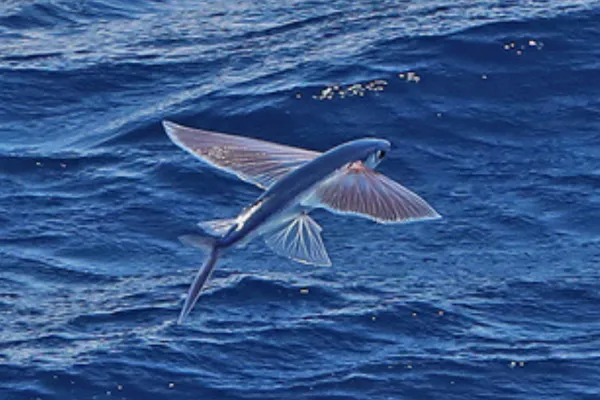
Flying fish belong to the family Exocoetidae, which includes around 70 known species. These fish are commonly found in warm tropical and subtropical waters around the world. They typically inhabit surface layers of the open ocean, far from the coast.
Flying fish developed their gliding ability as a defense mechanism to escape large underwater predators like tuna, mackerel, and swordfish. However, by launching into the air, they expose themselves to new threats—especially seabirds.
They are abundant in the Caribbean, the Indian Ocean, the Pacific Ocean, the Atlantic, and even parts of the Mediterranean Sea. Some species also inhabit outer reef areas. In Chinese waters, particularly the South China Sea and around Taiwan, aquarium/flying-fish.html">flying fish are common.
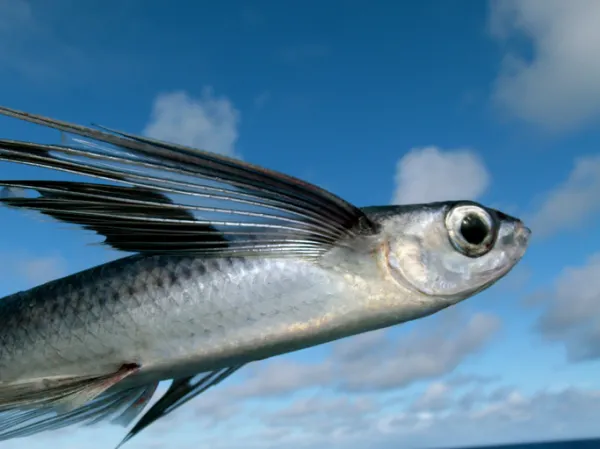
Flying fish typically measure between 17 to 30 cm (7–12 inches). Their streamlined, torpedo-shaped bodies allow for fast swimming, which is crucial for breaking through the surface to glide.
A unique feature is their deeply forked tail fin, where the lower lobe is longer than the upper, providing a strong underwater thrust. They also have flattened eyes, enabling them to see better above the water's surface during flight.
Two-winged flying fish: With enlarged pectoral fins used for gliding.
Four-winged flying fish: With both large pectoral and pelvic fins, extending their gliding capabilities.
All species keep their “wings” tucked close to the body while swimming and extend them only when they burst from the sea.
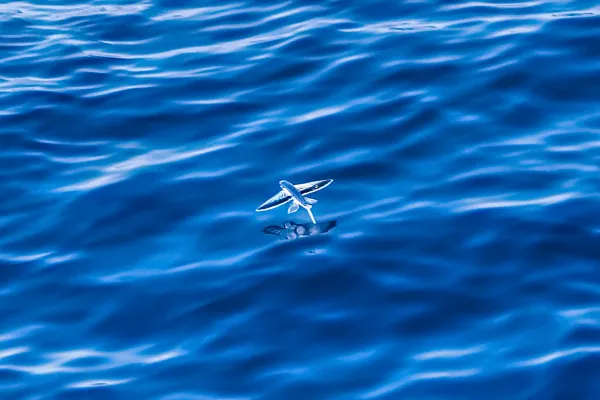
Flying fish are grouped into seven genera:
Cheilopogon
Cypselurus
Exocoetus
Fodiator
Hirundichthys
Parexocoetus
Prognichthys
Exocoetus volitans (Tropical flying fish): Grows up to 50 cm and is common in waters near Florida, Cuba, and Costa Rica.
Cypselurus californicus (Great flying fish)
Cypselurus furcatus (Spotted flying fish of the Atlantic and Latin America)
Fodiator acutus (Sharp-nosed flying fish)
Cypselurus cyanopterus (Caribbean guineaman)
Hirundichthys affinis (Antilles flying fish)
Two-winged flyers: Exocoetus volitans, E. evolans, E. spilopus, E. rondeleti
Four-winged flyers: Cheilopogon exsiliens (one of the largest “winged” species), Cypselurus californicus, C. heterurus, Exocoetus lineatus
Around 10 species are known to inhabit the waters around Spain.
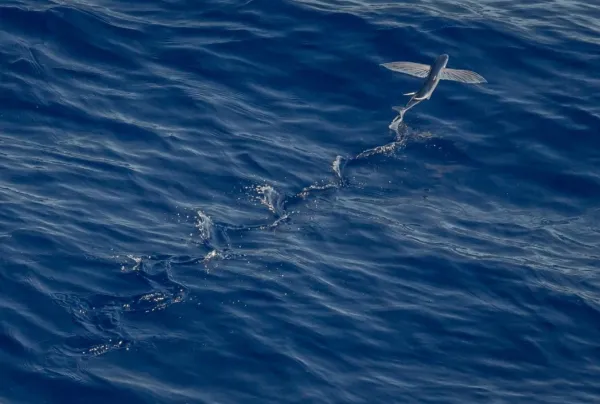
Now that you understand their biology and species, here are some amazing insights into how flying fish “fly” and survive:
Flying fish do not truly fly. Instead, they glide above the water after launching themselves at high speed. Here’s how it works:
They swim at up to 60 km/h (37 mph) underwater.
They aim upward and leap out of the water.
Just before breaching the surface, they unfurl their large fins like wings.
Their tail fin continues to beat in the water briefly to give them extra lift.
Once airborne, they glide, using wind and momentum to stay aloft.
Height: Up to 1 meter (3.3 ft) above the sea.
Distance: Typically 200 meters, but may reach up to 400 meters with repeated glides.
Time in the air: Up to 45 seconds.
They can perform multiple consecutive glides, beating their tail against the surface between flights—allowing them to escape predators for much longer distances than a single jump could offer.
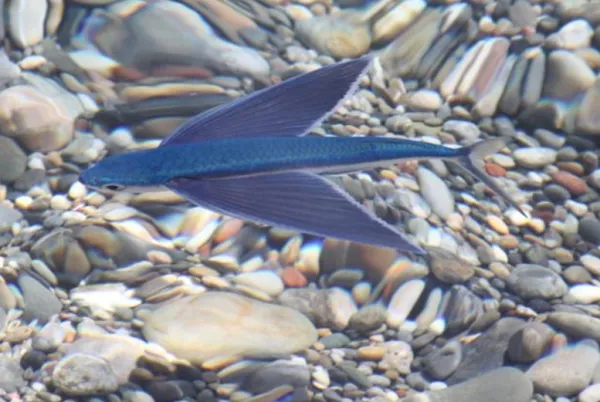
Flying fish are carnivorous, feeding mainly on plankton and tiny crustaceans, though some may also prey on smaller fish.
Underwater: Tuna, swordfish, mackerel, marlin.
Aerial: Gulls, terns, and other seabirds.
Thus, they must be vigilant in both the sea and sky—another reason their gliding behavior is so important for survival.
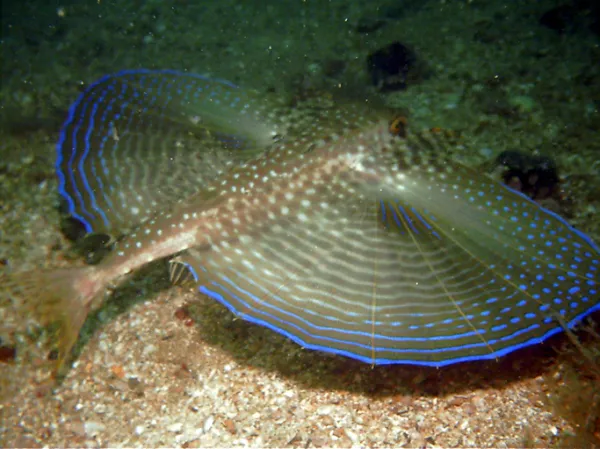
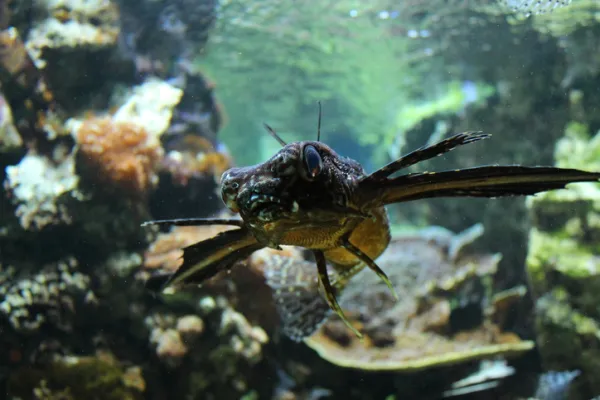
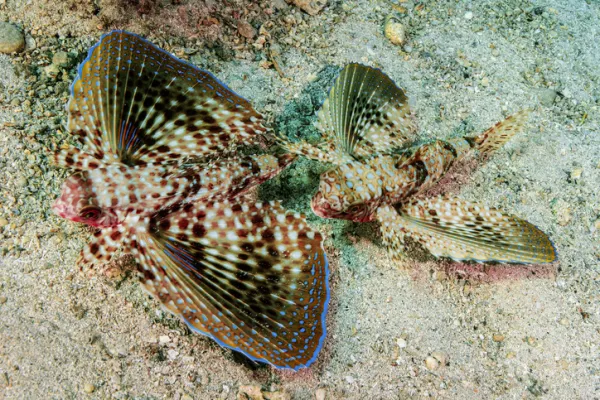
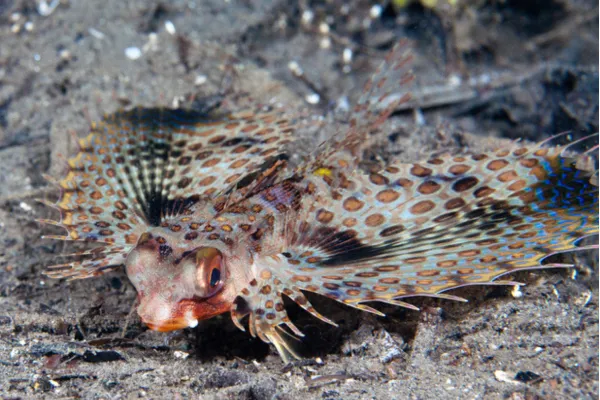

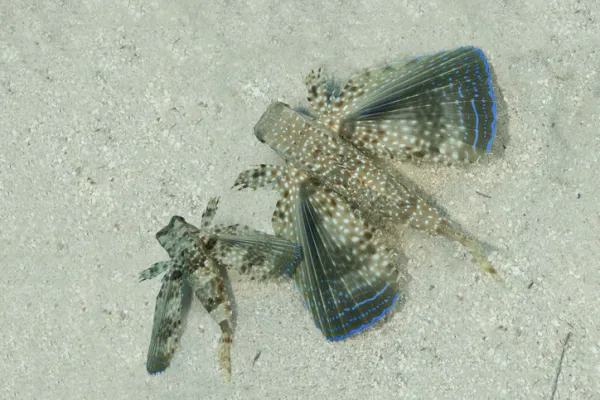
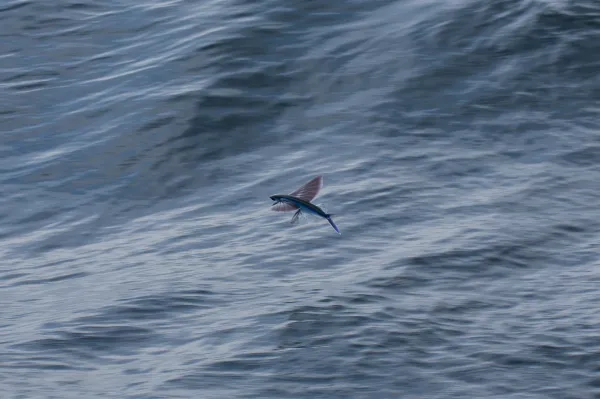
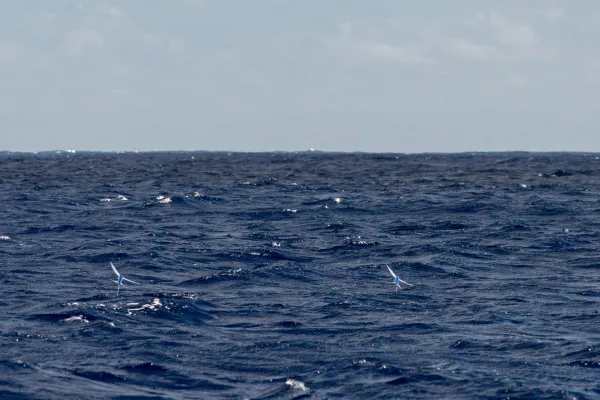
Flying fish are a natural marvel, combining speed, agility, and adaptation in a way few marine animals can. Their gliding performances at dawn or dusk are a breathtaking sight for those lucky enough to witness them in the wild.
Whether you're an ocean enthusiast, a marine biologist, or just curious, flying fish exemplify evolution’s creativity and the stunning adaptability of ocean life.
Want to explore more marine creatures? Check out related articles like:
Structure and Role of Marine Ecosystems
Differences Between Flying Fish and Swordfish
Common Fish of the Mediterranean Sea
Bibliography
Encyclopedia Britannica. (2020). Flying fish. Retrieved from: https://www.britannica.com/animal/flying-fish
animal tags: flying fish
We created this article in conjunction with AI technology, then made sure it was fact-checked and edited by a Animals Top editor.